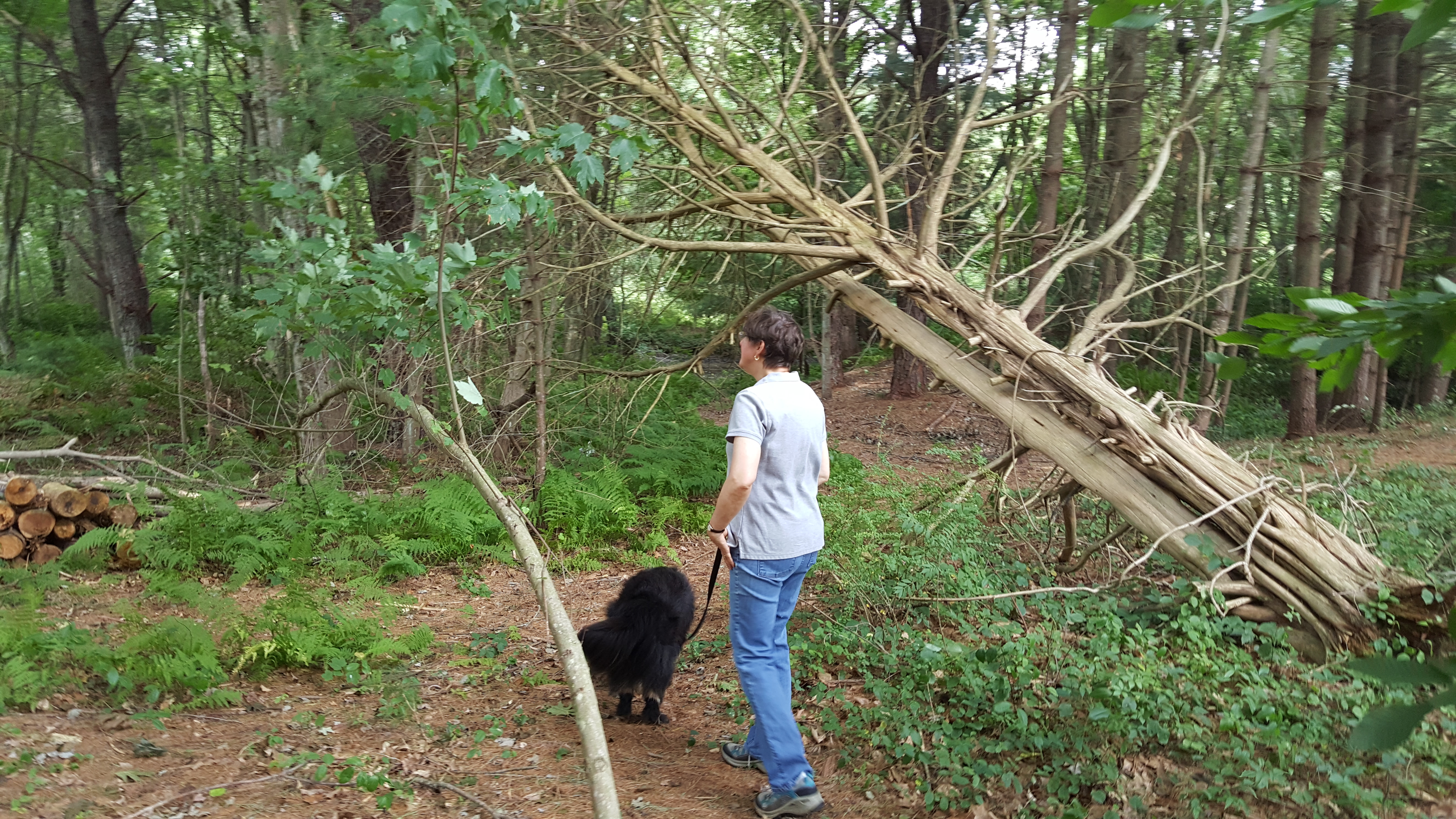Welcome to the Wakefield Doctrine (the theory of clarks, scotts and rogers)
Seeing how we’re on such a self-educating ourselfs kick this week, lets get all Miller Analogy on this bad boy:
a clark is to Outsider as a
a scott is to: Predator/Tasmanian Devil/accidental amphetamine ingestion/all of the above
a roger is to: Herd Member/Obsessive-compulsive CPA/the Rain Man (character) played by David Spader (actor)
ok, enough frivolity.
We were in a conversation the other day about the Doctrine. (Yeah, like those stories you used to hear from the first generation immigrant kid in your elementary school. How their parents spoke the language of the old country but insisted they speak only the anglaise at home.) But in reverse. Friend of the Doctrine, Cynthia can tell you about Doctrine-family-dinner-conversations can be.
New Readers! (and Cai) ProTip: When we first encounter the Wakefield Doctrine (and it’s three personality types), first (and most fun) step it to learn the characteristics of clarks, scotts and rogers. However this can lead to confusing the characteristics with the personal reality(s). The Doctrine is very much not about fitting categories of personal traits and such. You know (if you’re old enough) the Sunday Supplement/section of the magazine after the ‘cont’d from’ but before the back-cover. (Earn $$$ while you Sleep!! Passive Income from the Internet. Too Slowwww? New Super-charged system FREE!) “Honey? I found a personalty survey and it has you to a ‘T’ Come on, take the Quiz.”
Well, the Doctrine, once you have the basics down, is easier than that! We’re not concerned with traits and foibles, interests and obsession, tropisms and phobias. We don’t even care if you take the test. (Which we actually have one…of. lol on the Landing Page. Right in the Middle. Courtesy of being ‘convinced’ by Christine to create a quiz. Back in the day.)
This is the cool thing about the Doctrine. We’re concerned more with the character of the personal reality the person lives in. More precisely, the (personal reality) world that they grew up and developed in. What we focus on? The individual’s relationship to the world.
You grow up in the reality of the Outsider, knowing you are different, suspecting there’s something wrong, determined to discover what everyone else already knows? Guess what? You’re a clark. (etc with the other two). The neat thing is we can say, much to the laughter and delight of Readers (who’ve done their homework lol) that you… that’s right ‘YOU’ have a ‘perfect’ personality type. (Some restrictions and conditions may apply. Read the fine print).
So, when wondering about the other person, (or ourselfs), ask this very simple question: Which of the three relationships do they/I seem to have with the werld.
Back to our original theme, ‘the Everything Rule’. The preferred terminology is ‘manifest’ e.g. How does the quality of ‘curiosity manifest in the three personality types?
curiosity is for
- clarks: a drive to learn the unknown, the search for (meaning/happiness/becoming) in order to become a ‘real’ person
- scotts: why not? life is not about practicing the skills of the hunter, life is about being the hunter
- rogers: an affirmation of the Rightness of the world








